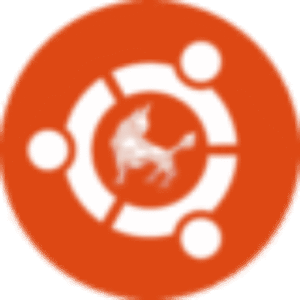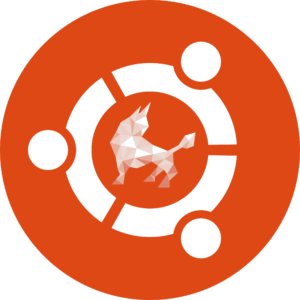
In a world dominated by proprietary operating systems, Linux stands out as a beacon of freedom, flexibility, and community-driven innovation. Though it may not always be the first name that comes to mind when discussing operating systems, Linux powers a vast majority of the internet, supercomputers, and countless embedded devices worldwide. But what exactly is Linux, and why does it matter?
The Origins and Philosophy of Linux
Linux began in 1991 as a personal project by Linus Torvalds, a Finnish computer science student who wanted to create a free and open-source alternative to the expensive and restrictive operating systems of the time. The kernel he developed—the core part of an operating system—was quickly embraced by developers worldwide, who contributed to building a robust ecosystem based on the principles of transparency, collaboration, and shared knowledge.
This collaborative spirit is fundamental to Linux’s success. Unlike closed-source software, Linux is open-source, meaning anyone can view, modify, and distribute its code. This openness fosters innovation and rapid problem-solving, as developers across the globe collectively improve the system.
Linux’s Ubiquity Behind the Scenes
Though many average users might be unaware, Linux runs silently in the background of much of the technology we rely on daily. From web servers hosting billions of websites to Android smartphones (which are built on the Linux kernel), Linux’s presence is pervasive.
Cloud giants like Google, Facebook, and Amazon utilize Linux servers due to their reliability, security, and scalability. High-performance computing centers and the world’s fastest supercomputers also run Linux, making it the backbone of scientific research and complex simulations.
Why Developers and Enterprises Love Linux
Developers appreciate Linux for its powerful command-line interface, vast array of tools, and configurability. Its open nature allows for customization that is often impossible on proprietary platforms. This flexibility makes Linux ideal for programming, testing, and deploying software.
Enterprises benefit from Linux’s stability and cost-effectiveness. Without licensing fees and with strong community and commercial support (through distributions like Red Hat Enterprise Linux and Ubuntu), businesses can build scalable infrastructures without hefty expenses. Furthermore, Linux’s security model—rooted in user permissions and community vetting—makes it a resilient choice against malware and vulnerabilities.
Linux for Everyday Users
Linux isn’t just for servers or hardcore developers. Distributions like Ubuntu, Fedora, and Linux Mint have made strides in usability, offering intuitive interfaces, extensive hardware support, and a wealth of free software applications. For users tired of costly licenses or invasive updates, Linux provides an attractive alternative.
The Linux community encourages learning and sharing through forums, documentation, and local meetups, creating an inclusive environment for newcomers.
Challenges and the Road Ahead
Despite its strengths, Linux faces challenges in desktop adoption, largely due to compatibility issues with some hardware and commercial software. Gaming on Linux, while improving, is still catching up with Windows.
However, projects like Proton by Valve are bridging this gap, enabling more Windows games to run smoothly on Linux. Additionally, the rise of containerization technologies like Docker and Kubernetes—which rely heavily on Linux—cements its role in modern computing.
Conclusion
Linux is more than just an operating system; it’s a movement that champions openness, collaboration, and empowerment. From powering critical infrastructure to offering a free alternative to proprietary software, Linux’s impact is vast and growing. Whether you’re a developer, a business owner, or a curious user, exploring Linux opens a door to a world where you can control your digital experience.
Suggested Visuals:
- Diagram of the Linux kernel architecture
- Graph showing Linux market share in servers vs. desktops
- Screenshot of popular Linux distributions’ desktop environments (Ubuntu, Fedora, Linux Mint)
- Infographic of Linux’s usage in supercomputers, smartphones, and web servers











